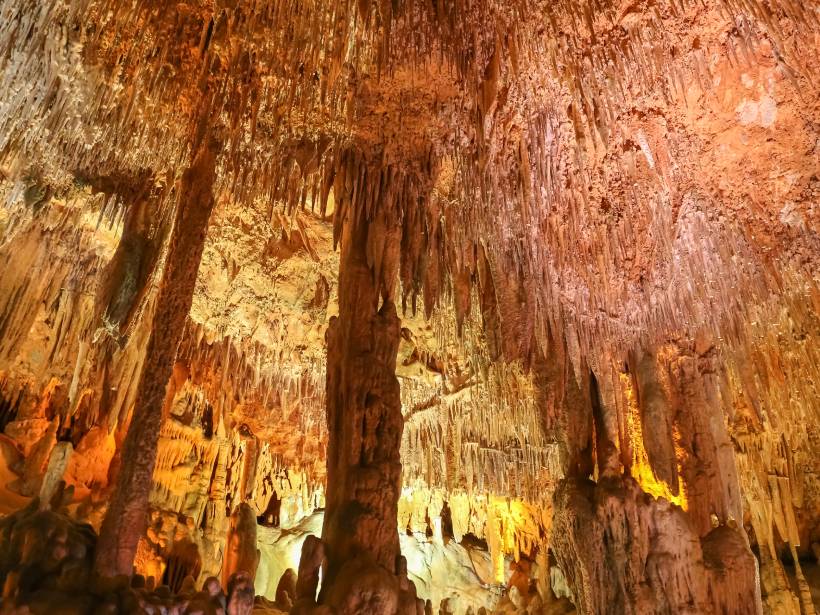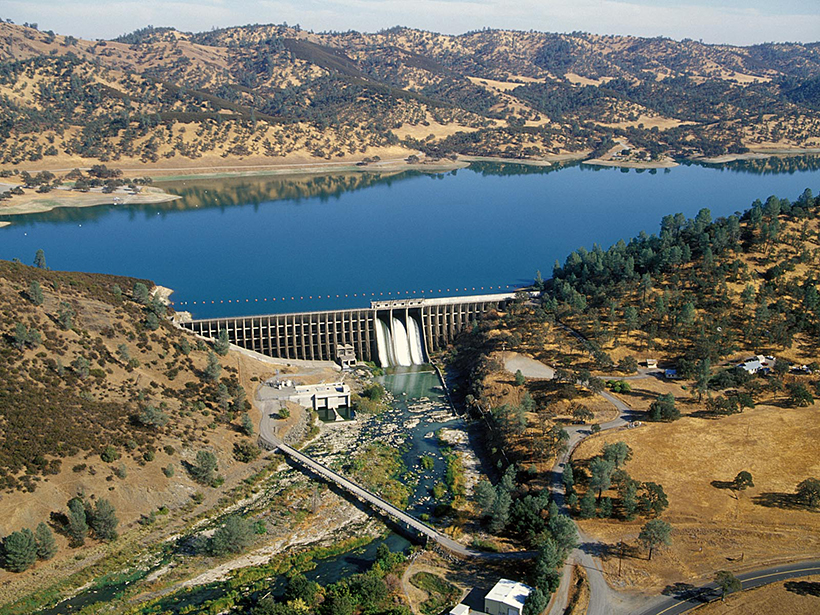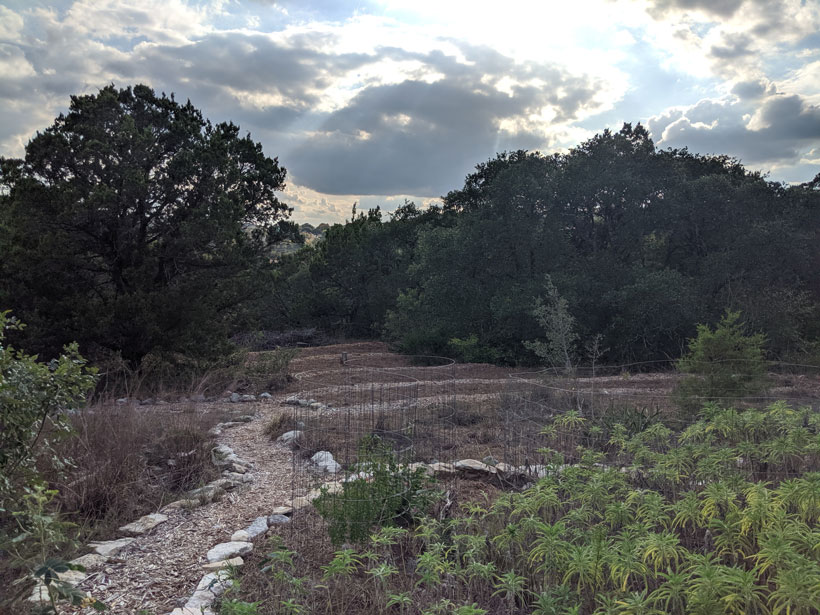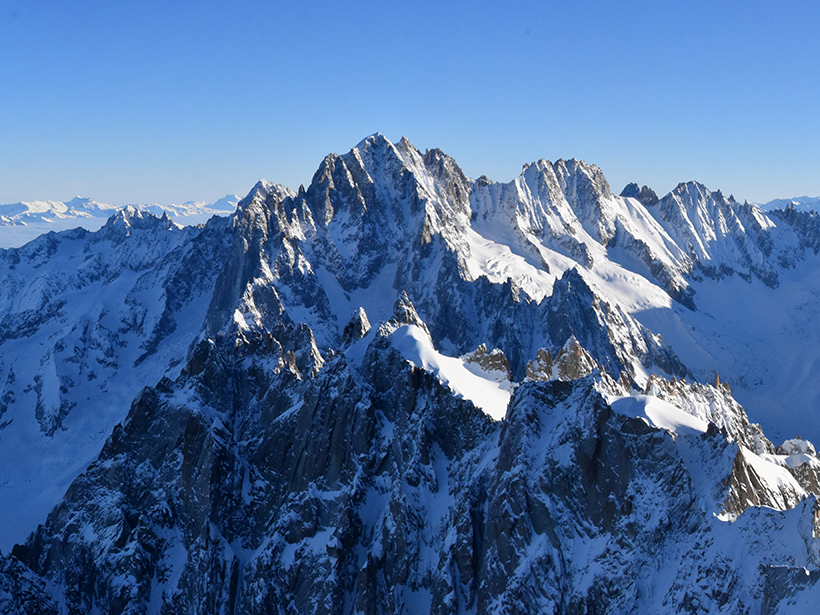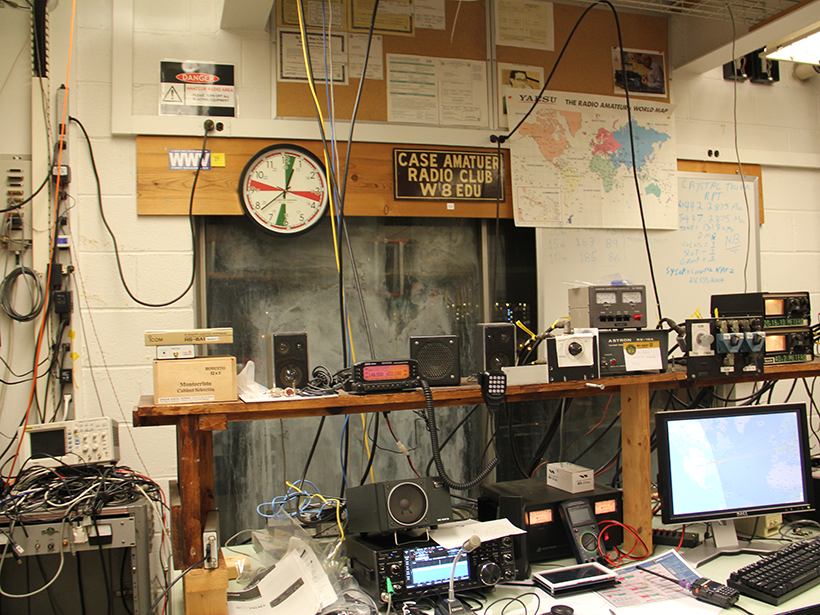Scientists analyzing cave formations in Turkey find layers of soot and charcoal in stalagmites, revealing that humans—and their fires—occupied caves thousands of years ago.
2021 CC BY-NC-ND
Adaptation Can Compound Climate Change Impacts on Energy and Water
Researchers have created a framework to trace the impacts of climate change and adaptation across energy and water systems in California.
Seeing Stripes in the Atmosphere of a Brown Dwarf
A planet-hunting satellite’s observations of the nearby system Luhman 16 AB reveal bands of clouds, high-speed jets, and polar vortices.
Wind Stress is not the Ceiling of Momentum Flux to the Ocean
The ocean is mainly driven by wind stress, but simultaneous observations show that the gain of momentum flux by the ocean can be larger than the wind stress due to the influence of ocean waves.
The Failure of Physics-Based Earthquake Forecasting Models
Spatial clustering of aftershocks explains why simple statistical models often outperform complex physics‐based earthquake forecasting models even if the physical mechanisms are correctly modeled.
Community Forests Prepare for Climate Change
Cities across the United States are feeling the heat as they struggle to integrate climate science into on-the-ground decisionmaking regarding urban tree planting and management.
Cubist Geomorphology: Your Kinship with Picasso, Explained
Asked to imagine a modeled landscape, you probably wouldn’t first think of a Cubist painting. But Cubists and geoscientists may have more in common than meets the eye.
Measurements of Ozone-Depleting Chemicals in the Asian Monsoon
New high-altitude aircraft observations identify unexpected high levels of halogen-containing species entering the stratosphere above the summertime Asian monsoon.
Ham Radio Forms a Planet-Sized Space Weather Sensor Network
For researchers who monitor the effects of solar activity on Earth’s atmosphere, telecommunications, and electrical utilities, amateur radio signals a golden age of crowdsourced science.
This Search for Alien Life Starts with Destroying Bacteria on Earth
Someday, a catalog of molecular fragments might help scientists identify extraterrestrial life on our solar system’s icy moons.

